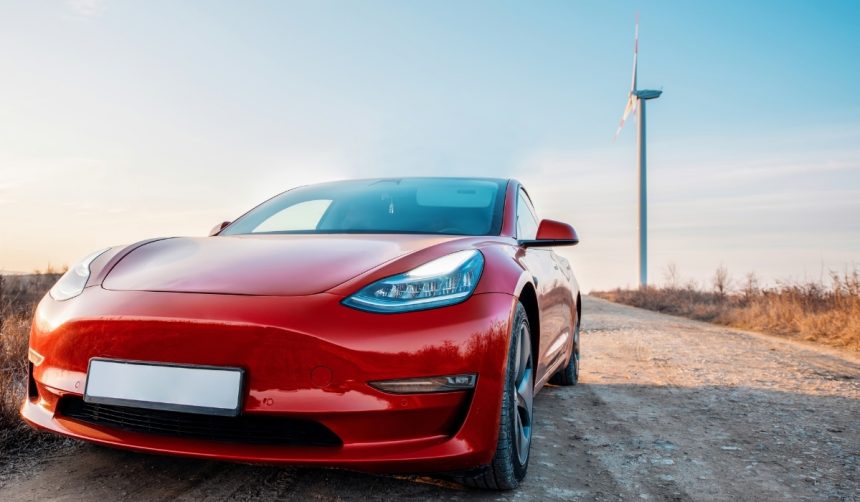American Tesla enthusiasts continue their wait as discussions heat up around the Model Y L, a vehicle promising more space and features for larger families. In a market where the demand for roomy, electric SUVs remains high, attention is turning to Tesla’s decision-making regarding which models it introduces in the United States. Many families seeking electric vehicles find themselves choosing between affordability and suitable size, a gap some believe the Model Y L could fill. With increasing interest in both automotive autonomy and traditional driving experiences, questions linger over how Tesla will respond to evolving consumer needs.
Tesla’s strategy concerning full-size SUVs and family vehicles has often come under scrutiny. Previous reports focused on U.S. consumer interest in larger EVs, with frequent mentions of a desire for models sitting between the Model Y and the higher-priced Model X. Earlier speculation also touched on the impact potential new releases can have on buyer behavior, such as delaying current purchases in anticipation of upcoming models. The Robovan concept and other long-term projects were noted as alternatives, though they appear distant from production readiness. In contrast, the Model Y L’s near-term development created anticipation that may now be unmet.
What distinguishes the Model Y L from other Tesla offerings?
The Model Y L offers notable upgrades, including a longer wheelbase and enhanced third-row seating, features tailored to families seeking extra room. Additional comforts such as B-pillar air vents and more contoured seats differentiate this variant from the standard Model Y. Despite similarities to the Model X, the Model Y L aims to strike a balance between capacity and cost, targeting buyers who find the larger SUV out of their price range. These adjustments could address a recurring complaint about insufficient space in Tesla’s current mainstream lineup.
Why did Elon Musk suggest the Model Y L may not arrive in the U.S.?
Elon Musk recently hinted at production delays and possible cancellation of U.S. plans for the Model Y L, citing advancements in self-driving technology. He remarked,
This variant of the Model Y doesn’t start production in the US until the end of next year.
Musk suggested that, with autonomous vehicles becoming more prominent, demand for larger traditional SUVs might diminish. He further commented,
Might not ever, given the advent of self-driving in America.
These statements have fueled speculation about the company’s long-term strategy and whether market demand for larger, manually driven vehicles will persist.
Do U.S. consumers still want larger electric SUVs despite autonomy?
Many Tesla buyers in North America continue to express a preference for bigger SUVs, emphasizing practicality for families and group travel. The Model Y has proven to be popular globally, yet some American customers report it does not adequately meet their needs for family size and comfort. While the Model X presents a solution, its starting price remains a barrier for a segment of the market. As Tesla advances toward autonomous driving, a portion of its customer base still values the experience and flexibility of traditional vehicle use, making the potential absence of the Model Y L a contentious topic.
Industry analysts note that withholding the Model Y L from the U.S. market could be a strategic move to sustain current sales and avoid the so-called Osborne Effect, where potential buyers postpone existing purchases in anticipation of future releases. Though some believe Tesla may eventually bring the Model Y L stateside, official statements remain cautious. The company has also pointed to future products like the Robovan, but regulatory and production challenges keep these projects out of the near-term pipeline. The question remains whether Tesla’s product lineup will adapt quickly enough to satisfy changing consumer preferences for size, cost, and technology in electric vehicles.
The debate over the Model Y L underscores the broader challenge Tesla faces in balancing innovation with market demands. The sizeable gap between the affordable Model Y and the premium Model X leaves many consumers searching for a compromise—something the Model Y L could realistically offer if brought to American showrooms. Those considering an electric SUV should closely follow Tesla’s announcements, consider current market alternatives, and weigh their priorities between space, price, and autonomous driving features. For buyers who prioritize roominess and flexibility over cutting-edge autonomy, monitoring future updates on Model Y L availability remains recommended.
- Tesla delays Model Y L’s potential launch in the U.S. market.
- American consumers show strong interest in larger, affordable electric SUVs.
- The company weighs autonomy advancements against traditional vehicle demand.










